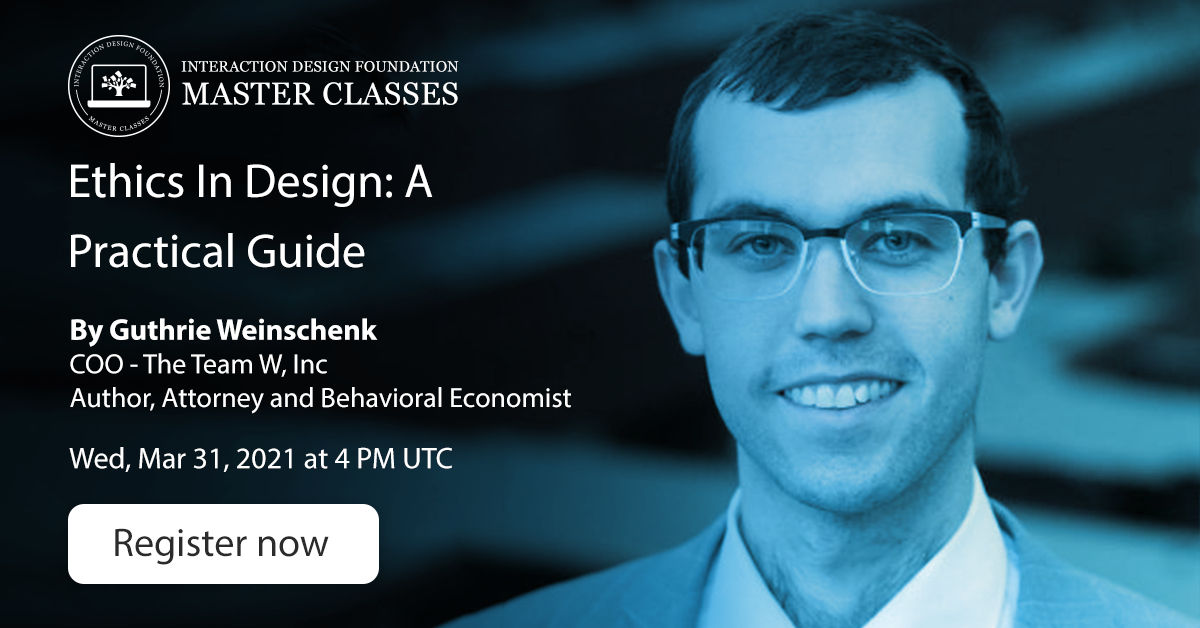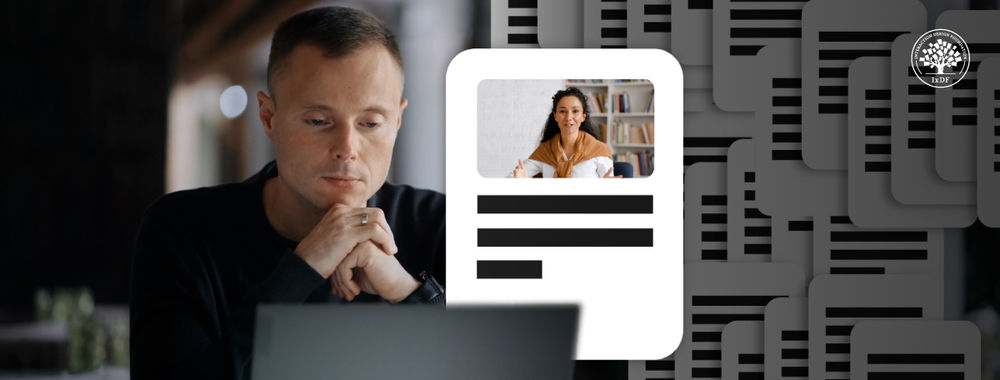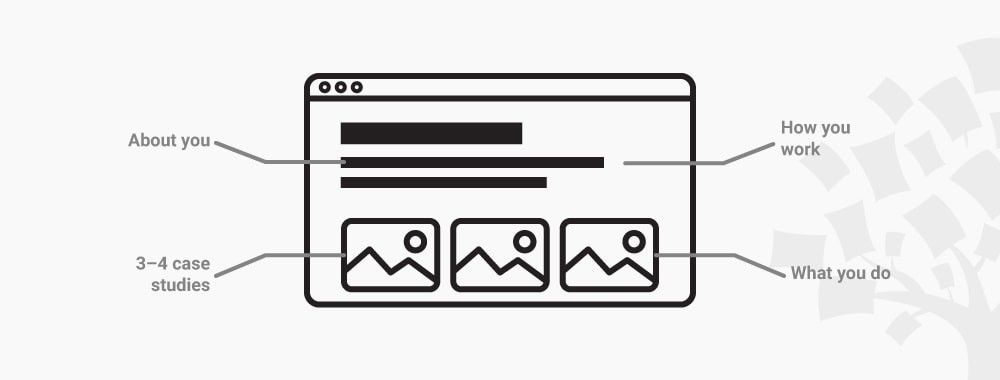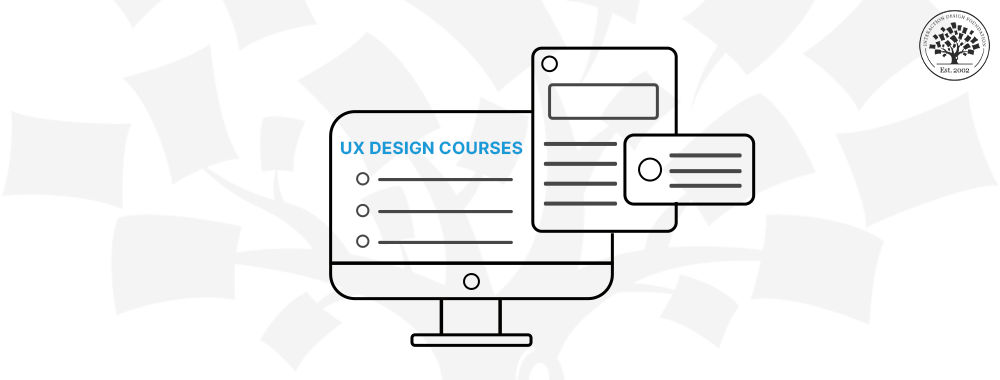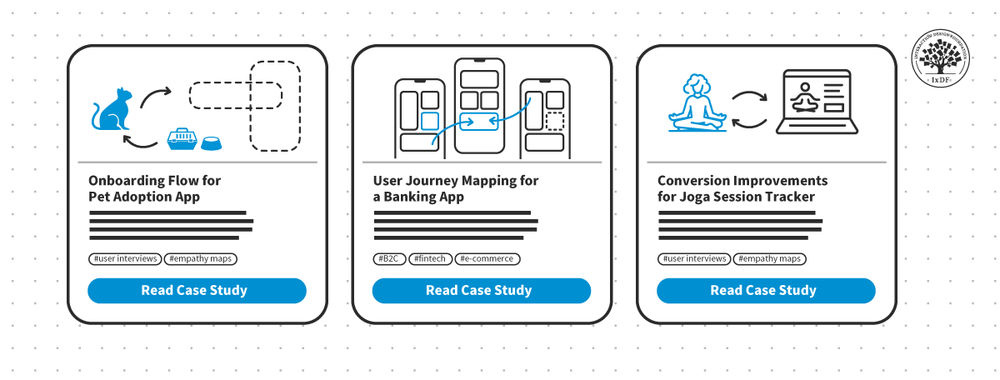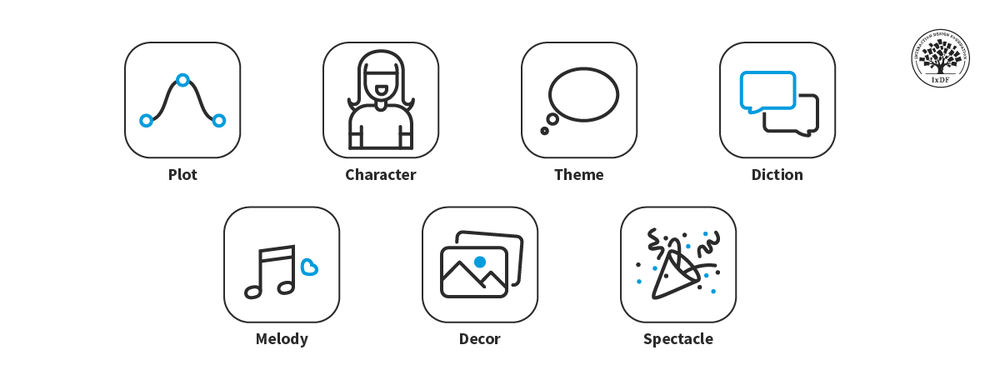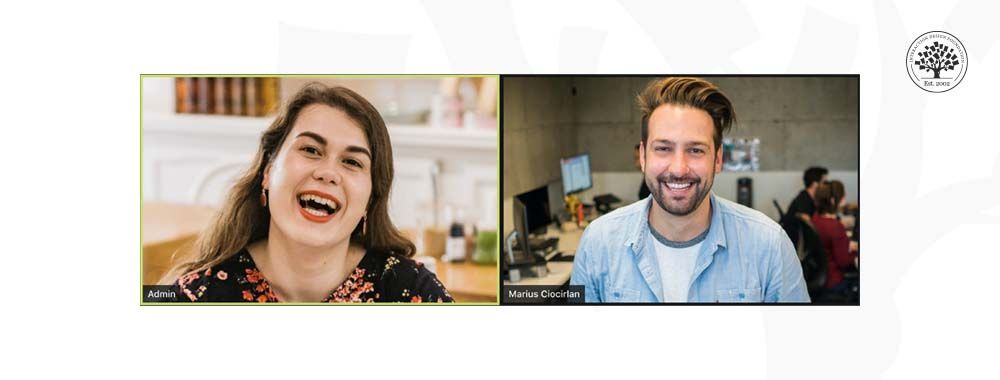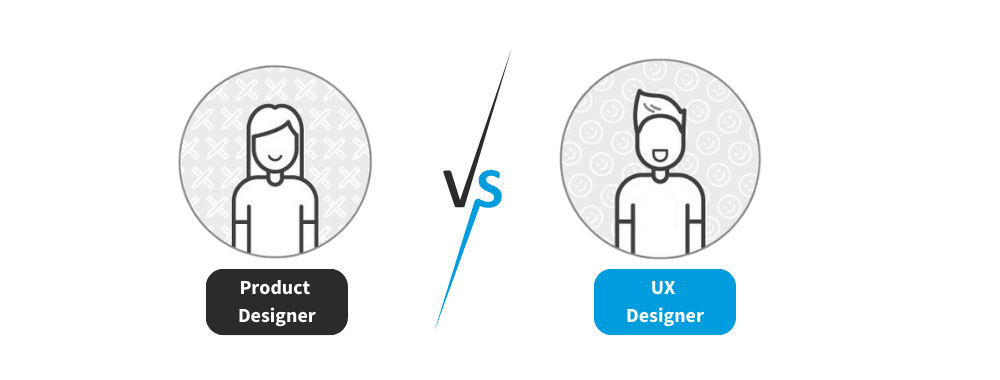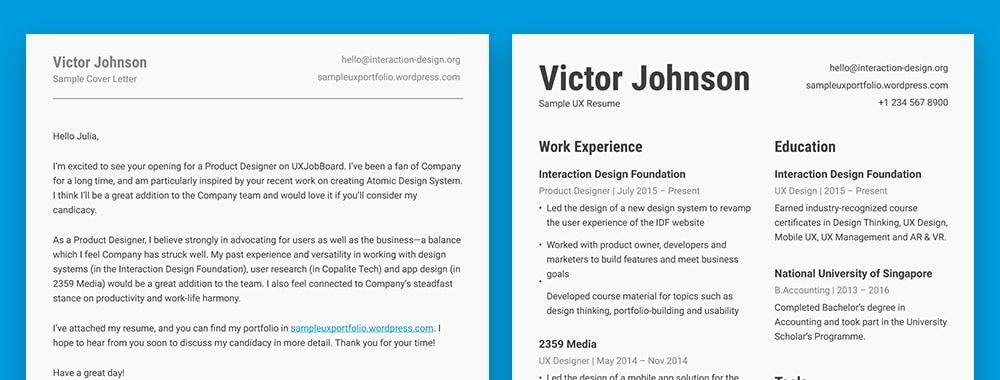As UX designers, we wield immense power to influence our users’ lives. We have the dual responsibility of catering to the interests of our users, as well as that of our sponsors (employers, clients and other business stakeholders). This can sometimes put designers in uncomfortable situations and raise questions about the ethical implications of our work.
From social messaging platforms and games that bombard users with notifications and advertisements, to applications that analyze every aspect of users’ lives to suggest their next workout routine, connect them with people they might have known in the past, or recommend the next news story to read — at what point do digital applications go from convenient, to mildly annoying, to unethical, to downright harmful?
To understand how we can evaluate our work from an ethical perspective and design more responsibly, we interviewed Guthrie Weinschenk.
Guthrie Weinschenk is a Behavioral Economist, Attorney and the COO of The Team W, Inc. He is the host of the podcast Human Tech, and author of I Love You, Now Read This Book. (It's About Human Decision Making and Behavioral Economics).
Here’s what Guthrie had to say about ethics in design (interview lightly edited for clarity).
1. What was your first ever design-oriented role?
This takes me back to another life! I was working for BP on their safety and risk management audit team. We designed audits both on paper and in person (of factories) to assess and reduce risk. The thought on the team was that less risk = less lost money. Our team was strongly trying to promote this mindset throughout the organization but I’m not sure how well it caught on. Of course, the spill in the gulf happened the next year.
2. What prompted you to focus on ethics in design?
It’s always been fun to think and talk about ethics. I took ethics and philosophy courses as an undergrad, and of course when you get to law school that is a large component. When you take the bar, there is an entirely separate test only to determine whether you will be an ethical attorney. So I’ve always been thinking about these issues and I knew they were important. But who would want to hear anyone talk about ethics? Well now everyone wants to, which has been great to see; especially in the design, UX, and behavioral science spaces. So I’ve always been thinking and talking about these issues, but now they are popular enough that I can make them a focus.
3. What are the 3 most common design decisions/patterns that you see in the wild or in your work, that are unethical and designers should be wary of?
I want to first say that if something is unethical is very context-dependent, so there usually isn’t a right or wrong answer in a vacuum. The classic example is “Thou shall not kill” which is straightforward enough, but what if it is in self-defense? The situation and context matter. That said:
- Ads that grab attention with fear/screams/jump scares.
- Hyper “addictive” games that use micro-transactions/loot boxes to make money.
- Hiding the phone number at websites to reduce call center volume.
4. What advice would you give to designers to navigate a scenario where they are asked to implement unethical business decisions by their clients/bosses?
- Express and voice your concerns. Try to recruit others to agree.
- Make an ROI argument against such behaviors. Maybe in the short term that will be profitable, but in the long term that may make your customers dislike your brand.
- Try and soften the worst of the unethical effects. There are small features and tweaks to help negate the worst of the effects while hitting most of the business goals.
- Work on creating structures and groups within your organization to argue against such behavior (the way in years past LGBTQ+ organizations became an instrument to normalize and support the LGBTQ+ community within an organization for example).
- Acceptance that those are the priorities of the organization you work for. I don’t think you will be a bad person for working for a company that only cares about maximizing profit above all else. You have a career and your finances to take into consideration as well. But at least you know the priorities of your organization.
5. How do you see the role of ethics in UX design evolving in the next 5–10 years?
Hard to say. I could see it becoming a significant part of the UX role, or I could see this being a nice fad that people give lip service to, but not being that important in the day-to-day.
6. What simple steps can designers take to evaluate the ethical implications of their decisions?
- Accept you are only a cog in the machine.
- Don’t be discouraged if you can’t do everything right all the time.
- Focus on the worst offenders.
- Watch my keynote about calculating ethics.
- Use common sense. If you’ve created a Las Vegas-style slot machine to keep people habituated and paying money… Don’t be surprised at the outcomes.
7. As technology risks becoming more invasive, what is the one thing that keeps you up at night, and one thing that gives you hope about the use of these technologies?
What keeps me up: A.I. becoming perfect at tailoring stimulation for each individual.
What gives me hope: A recognition of these patterns and behaviors in the general public, and a dislike of them.
In our work as UX designers, we owe it to our users and society at large to design ethically. Easier said than done. In practice, it can be very challenging to grasp the ethical dimensions of our work. What appears perfectly reasonable and justifiable to business stakeholders can be morally questionable from the users’ perspective.
In his Master Class, Ethics in Design: A Practical Guide, Guthrie Weinschenk will teach you how you can evaluate your work from an ethical perspective, and how to steer clear of unethical design practices as much as possible. Tune in live for the chance to ask your questions at the end of the keynote. Even if you cannot attend it live, register to get access to a recording to watch anytime afterward!

